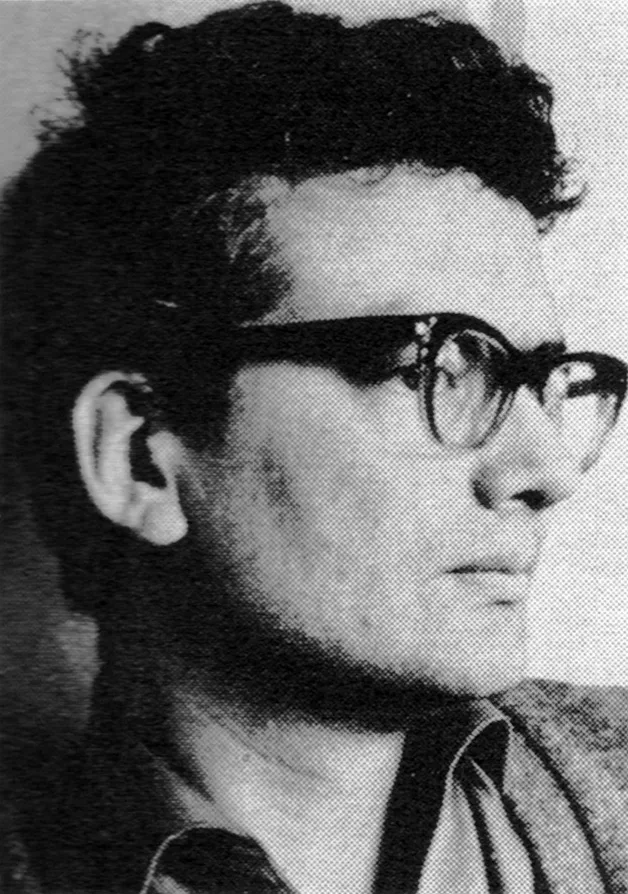As part of their marketing strategy, Kast + Ehinger, commissioned a selection of German designers to produce advertisements aimed at the design industry. I have scanned in quite a lot of their advertising matter, all of which were back-page advertisements from three German design magazines. Der Druckspiegel, Gebrauchsgraphik and Graphik – Werbung + Formgebung.


